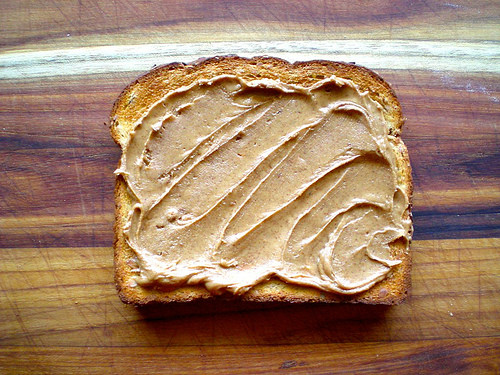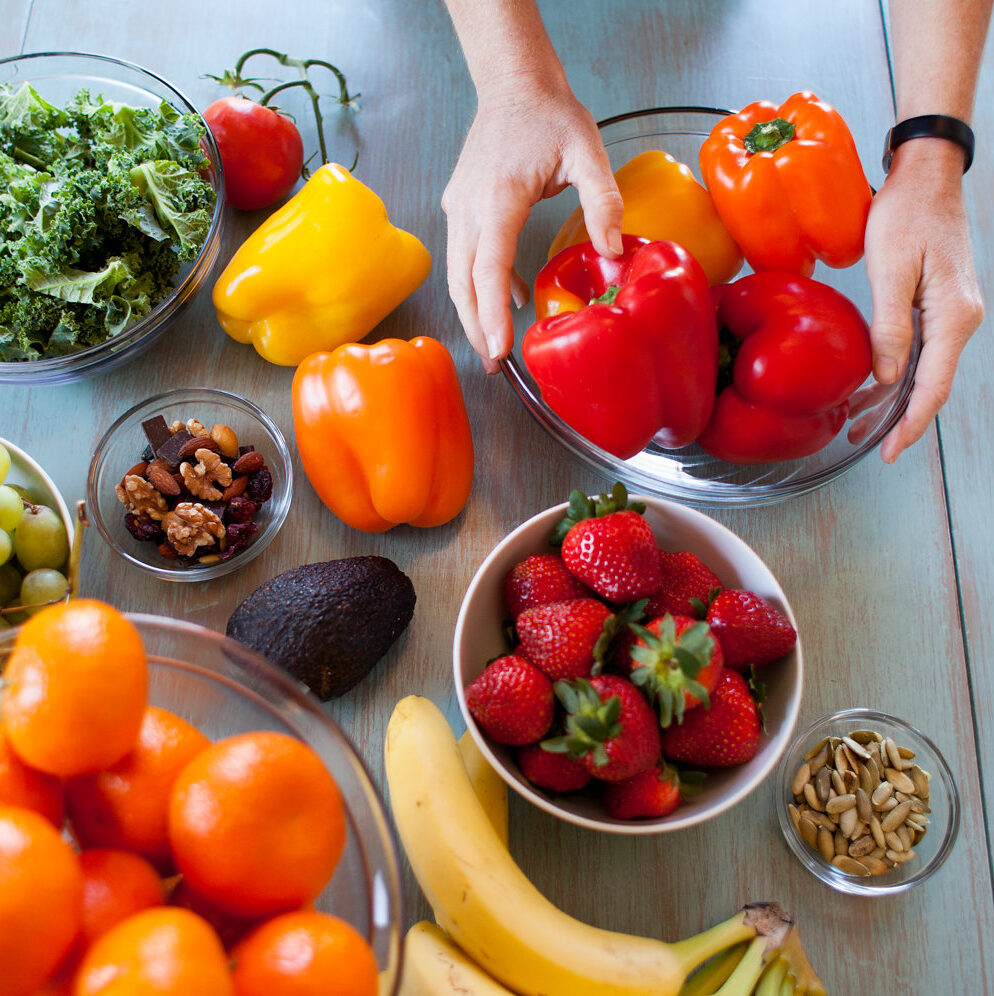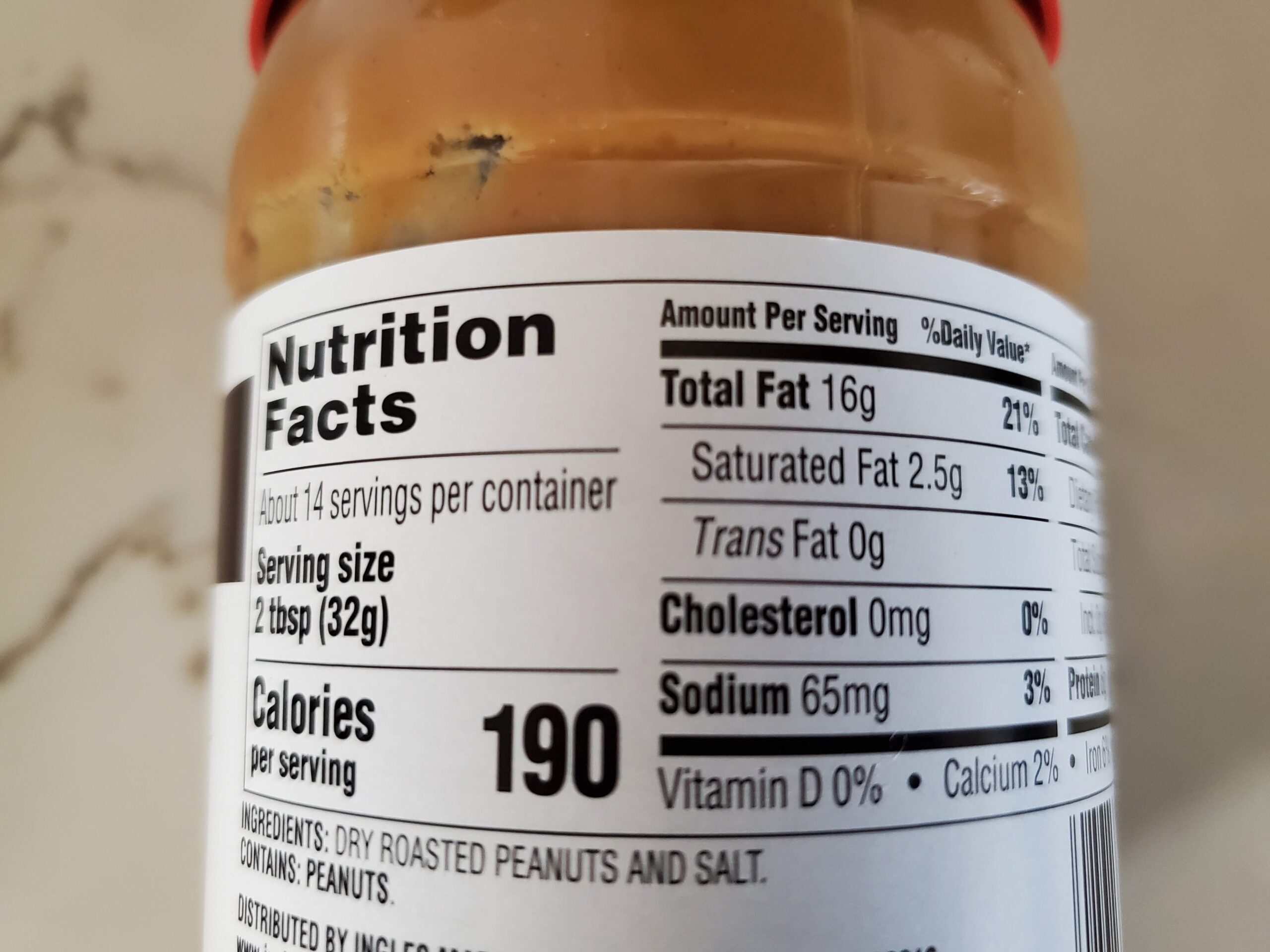Counting calories to lose weight is misleading and often frustrating. Here’s what to do instead.
Trying lose weight by running and counting your calories? It’s a great idea, but for many people, it just doesn’t work, even on a plant-based or vegan diet.
Losing, gaining, or maintaining weight all boils down to energy in and energy out. If you want to lose weight, take in less energy than you burn. If you are looking to gain weight, do the opposite.
This is just pure physics.
If the concept is so simple, why is this so complicated in real life? Two reasons: you’re probably not eating what you think you are eating and you are not burning what you think you are burning.
Let’s start with the calories you eat this week and we’ll examine the calories you burn next week.
If you’ve ever tried to lose weight, you might have tracked your food on a calorie app like My Fitness Pal. You enter the type of food that you ate and the app comes up with the nutrition facts right off the manufacturer’s label. Perfect, right?
Actually, no. It’s massively flawed.

Let’s take peanut butter for an example. Flip over the jar and the label on the back says that a 2 tablespoon serving has 190 calories. So you meticulously measure out 2 perfect tablespoons to smear over your morning toast. Naturally, you think that you are getting 190 calories from that peanut butter, right? So you add that into your food tracking app so that you can be sure that by the time the day is over, you will be burning more than you are consuming.
But in all likelihood, you didn’t get 190 calories from that peanut butter.
Huh?
The first problem is that food companies can use one of 5 different methods of computing calories and in the US, the FDA allows up to a 20% margin of error. TWENTY PERCENT! So that peanut butter could be 150 calories or it could be 228 calories.
Fresh fruits and veggies can be even further off. There’s a big difference in the calorie content of produce at the time its picked when it’s perhaps a bit under-ripe to the point you actually eat it when the starches have turned to sugars. Factor all that in and you could be as much as 50% off!

The next issue is that our bodies don’t actually absorb all the calories we eat and some foods absorb better than others. In general not all the calories from protein are completely absorbed because the body has to work harder to break it down. Fat and carbohydrates on the other hand absorb quickly at a low energy cost. This is why, for some people, increasing protein intake can help with weight loss (to a point).
But it’s not all about the macro-nutrients.
Different kinds of foods that have mixed macros have different absorption rates. Nuts and seeds, for example, are not fully absorbed. The calories from whole almonds are only about 68% available to the body.
(This fact led to KIND bar lowering its calorie counts on its nutrition labels in 2020.)
On the other end of the spectrum, fiber-rich foods like leafy greens, legumes, and fruits may actually have a higher absorption rate than previous thought, with an error rate up to 28%!
The third factor in the calorie counting equation is how you prepare your food. Raw foods have drastically lower calorie content available to humans than cooked. A potato for example, would cost you only around 100 calories raw, but when you cook it, like most of us do, the calories nearly double. DOUBLE! Guess which calorie content is written on the back of the bag of potatoes? That’s right–the raw number.
Basically, any time you do the body’s work outside of the body, you are making the food you eat easier for your body to absorb.
Cooking, chopping, blending, and mashing all break down cell walls so the body doesn’t have to, and those calories can pass virtually straight to your thighs (just kidding).
So that peanut butter you smeared on your toast will actually have more calories than the equivalent amount of peanuts.
The next piece of the puzzle has to do with your gut. Did you know that the particular type of bacteria that lives in your gut will determine how much of your food is absorbed? Strange but true. You could feed two people the exact same thing and they will absorb the calories in different amounts depending on their microbiome.
And finally, part of the problem with counting calories is that we are really, really bad at eyeballing things.
Let’s go back to the peanut butter example. Do you really get out the tablespoon and precisely measure your peanut butter? Very few people are that meticulous (some would call that neurotic) to weigh and measure everything they eat. So you eyeball it and scoop some out and say “eh, that looks like two tablespoons.” But it probably isn’t. Studies have shown that people mis-measure things about 2/3s of the time, so you might really be eating three tablespoons, but only counting two.
At this point, you might decide to just give up and eat nothing but raw potatoes until you lose the weight you want. But there is a better way.
Just because our tools for measuring how much food we take in is flawed, doesn’t mean you can’t nail your nutrition and lose the extra weight. Here are my tips:
- Focus on whole, nutrient-dense foods that take time to chew. They will fill you up and slow you down
- Get high-quality sleep
- Aim to reduce stress in your life where you can by learning to be mindful
- Note your feelings when you eat when you are not hungry
- Examine your food habits. A treat every day is habit, not a treat
- Learn to cook simple, tasty meals that you can easily rely on when short on time and have healthy short-cuts on hand when you can’t cook
- Accept that your diet doesn’t have to be perfect as long as you are consistent and focused on the process (or should I say, the “unprocessed”!)
Next week, we’ll examine the other side of the equation, how calories are really burned.
In the meantime, now is the perfect time to kickstart your plant-based running journey! Whether you already are a fully plant-based runner, or just lean in that direction, I can help take your running and nutrition to the next level.
Find out more here and schedule a call with me today!

